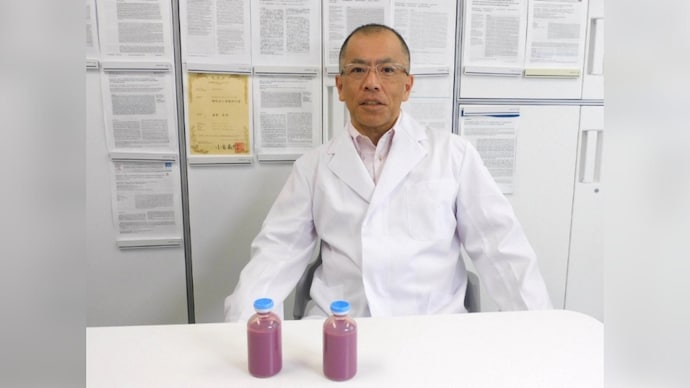Japanese scientists develop artificial blood that store without refrigeration
Japanese scientists have developed a universal artificial blood that can be stored without refrigeration. This success can change emergency therapy and address global blood deficiency.

In short
- Japanese researchers made artificial blood usable for all blood types
- Synthetic blood can be stored at room temperature for years
- Early human tests showed no serious side effects with doses up to 400 ml
Japanese scientists have developed artificial blood, which serves as an alternative to real blood. It is a new type of universal artificial blood that can be used for any blood type, stored without refrigeration.
This success can eliminate one of the biggest challenges in emergency medicine: detecting the right blood type in time. The World Health Organization (WHO) has highlighted the global shortage of blood supply. This innovation can play an important role in treating trauma and can be used in surgery and emergency conditions.
Japan’s slogan Medical University is ready to start a clinical test this year, to test whether the donated blood has been thrown normally, it can be reused by turning into artificial red blood cells. If the tests are successful, Japan can become the first country to deploy artificial blood in real -world medical systems by 2030.
Because this artificial blood lacks specific markers that usually determine compatibility (eg A, B, AB, or O type), it can be safely transformed into any patient without any cross-mating.
Artificial blood is also virus-free and has a much longer shelf life than donated human blood.
While traditional blood should be used within a few weeks and placed under refrigeration, this synthetic option can be stored for many years at room temperature, especially useful for remote areas, disaster areas and military use.
How it works and why it matters
Professor Hiromi Sakai has pioneered the project at Nara Medical University in Japan. Researchers developed the product by removing the ingredients carrying oxygen of the expired donor blood, the oxygen of red blood cells.
They then surround it in small fats-based bubbles that mimic natural red blood cells, allowing hemoglobin to safely transmit through the body without triggering an immune response.
“When a blood transfusion is needed immediately, it takes some time before starting the transfusion because the patient needs to be examined,” Hiromi Sakai told the Japan Times. “With artificial red blood cells, there is no need to worry about blood types, so the transfusion process can be done quickly.”
Since the process removes cells and other immune-stimulating parts, the risk of transmitting infections or reducing reactions is almost eliminated.
Technology is still in clinical testing stages, but early results are promising.
This new artificial blood does not need to be matched to a person’s blood type and can be stored for a long time, for two years at room temperature and five years in a fridge.
In comparison, the blood of real donations lasts for only 42 days.
The early human test, which began in 2022, showed that healthy volunteers were able to achieve artificial blood safely, with no serious side effects. According to the Tokyo Cechinder report, the test is now testing large doses (100 to 400 ml), to check how well it works and how safe it is.
If these tests keep showing good results, this artificial blood can be used in hospitals and emergency care by 2030, especially in places where regular blood is difficult to store or find.
If successful, Japan’s artificial blood can not only reduce the burden on blood banks, but can also ensure that the blood type or infrastructure, regardless of life, is more quickly and safely available.






